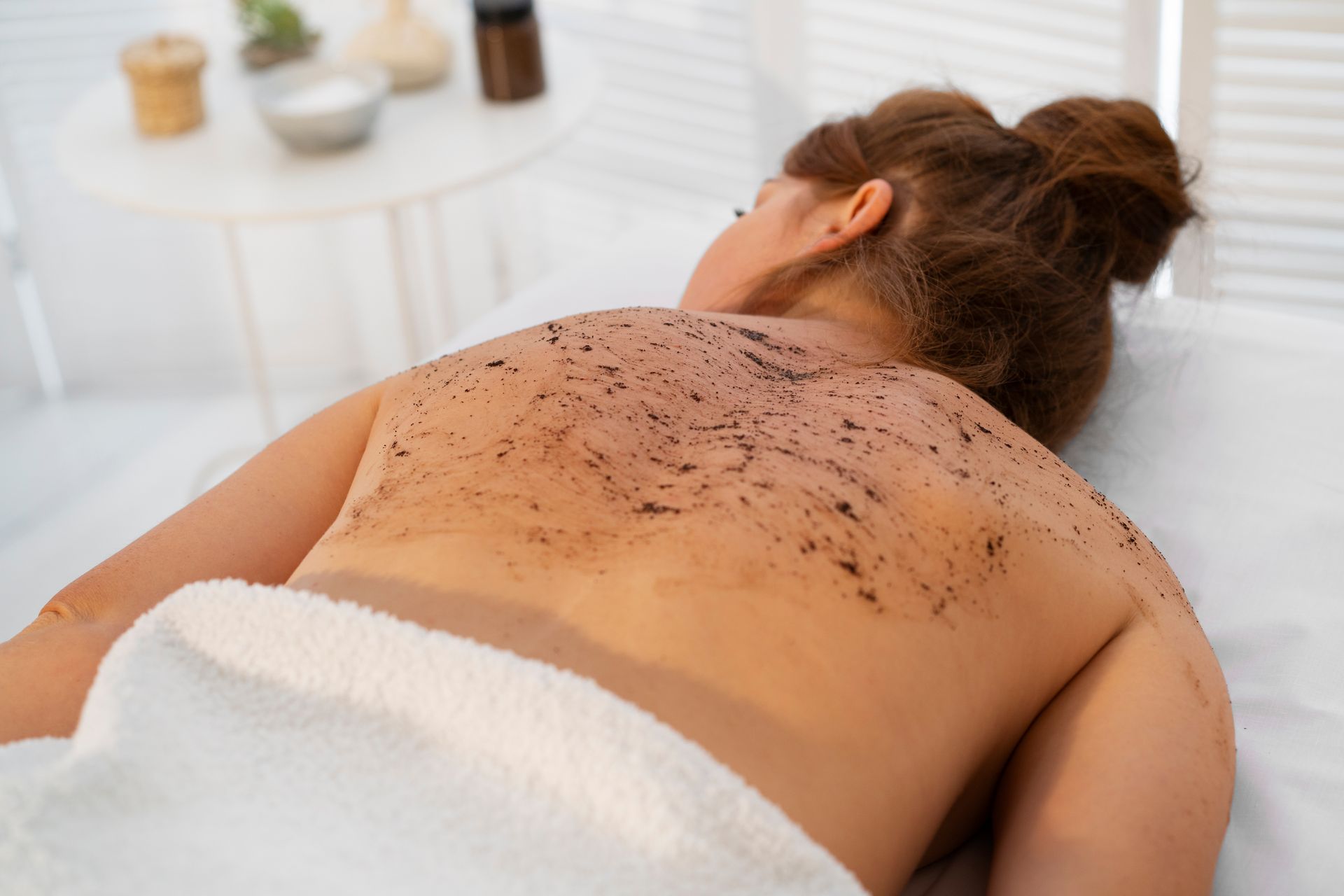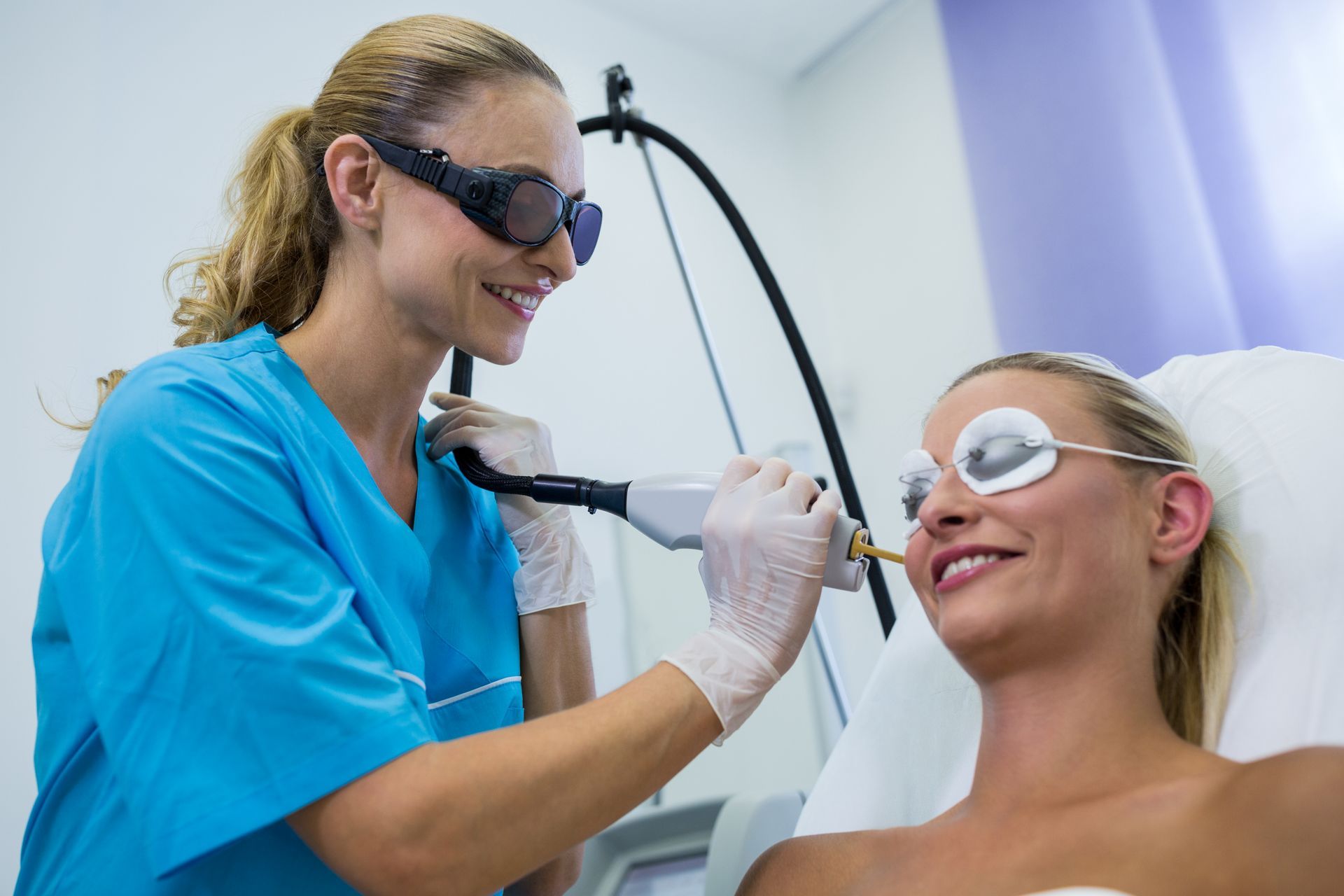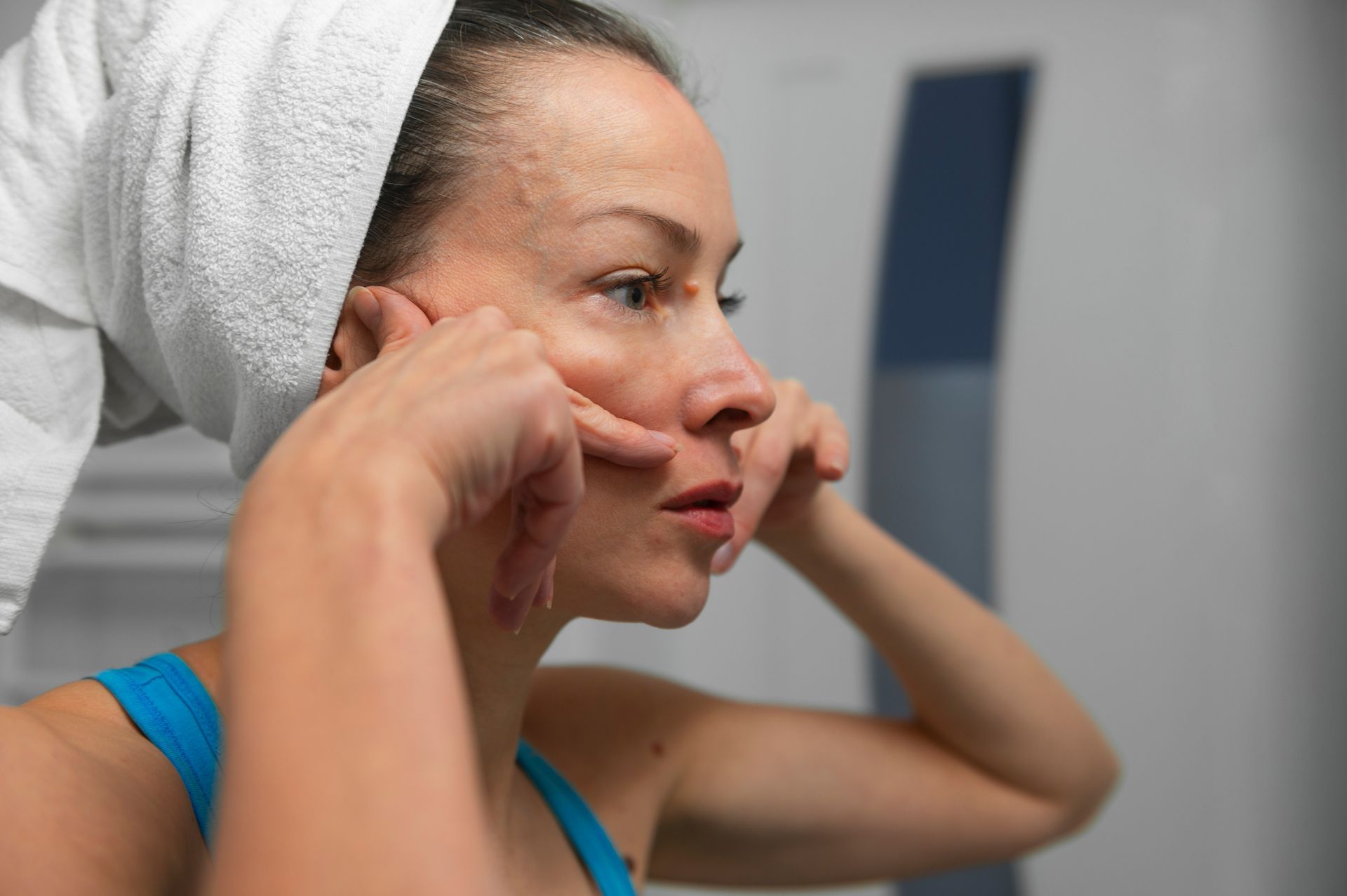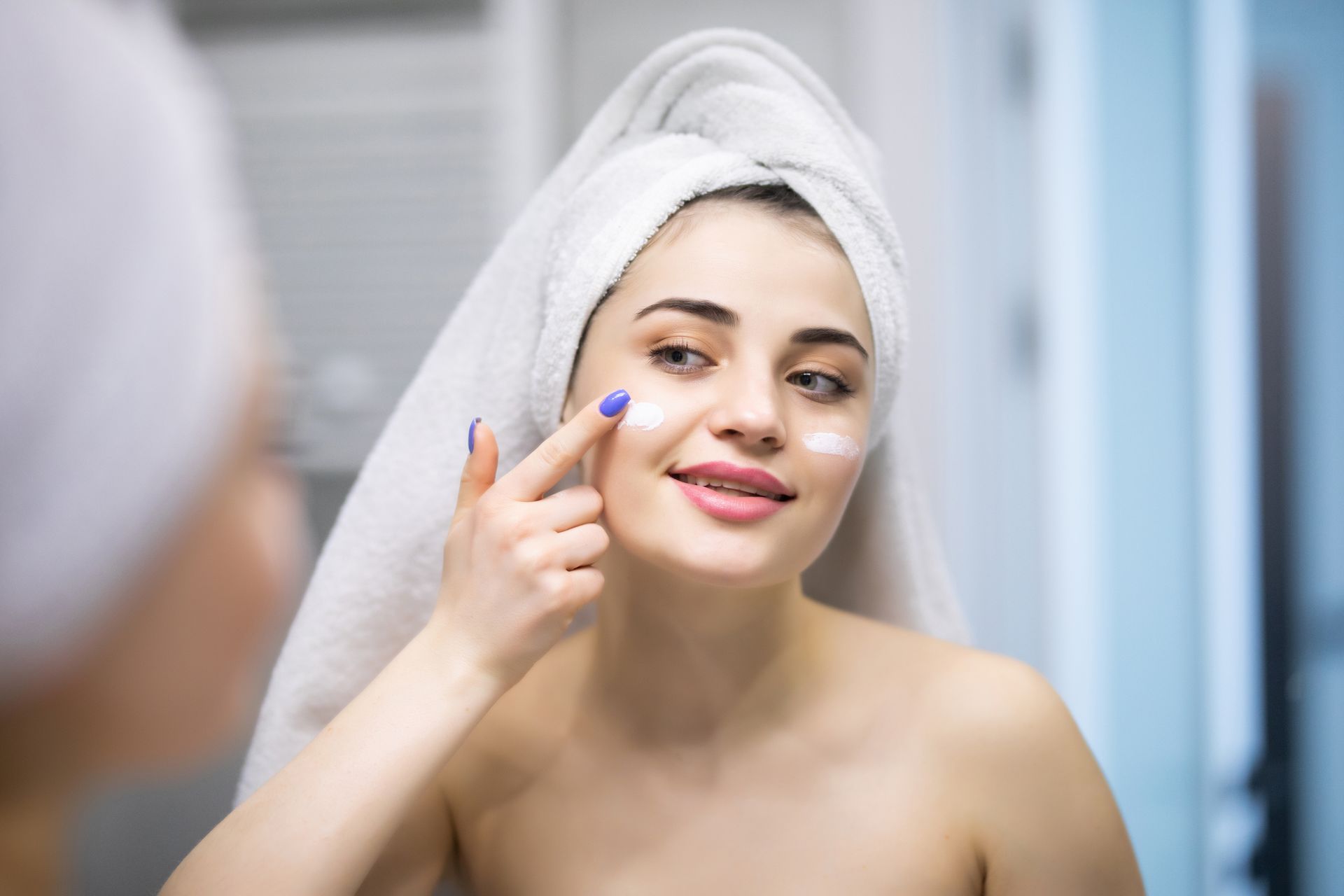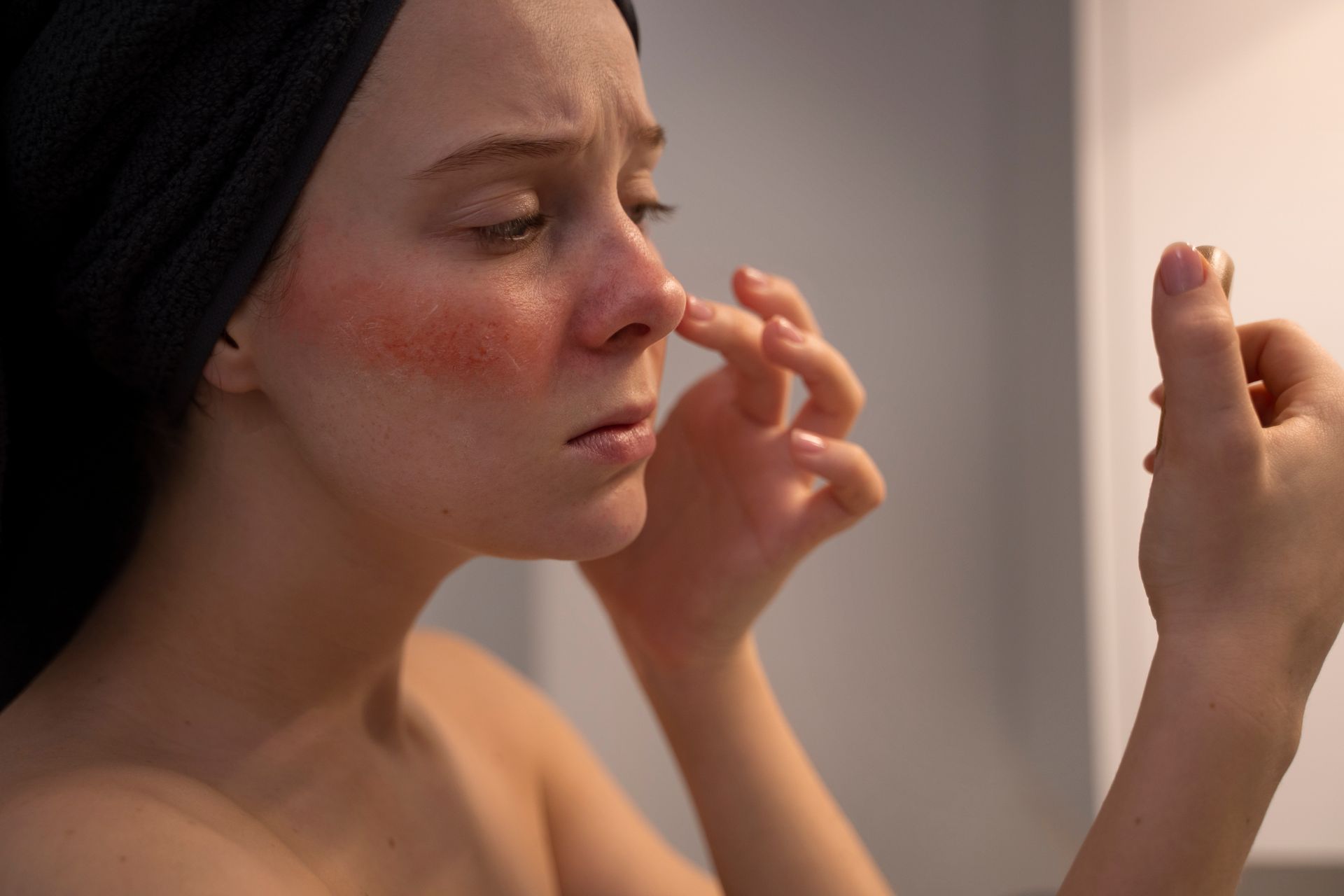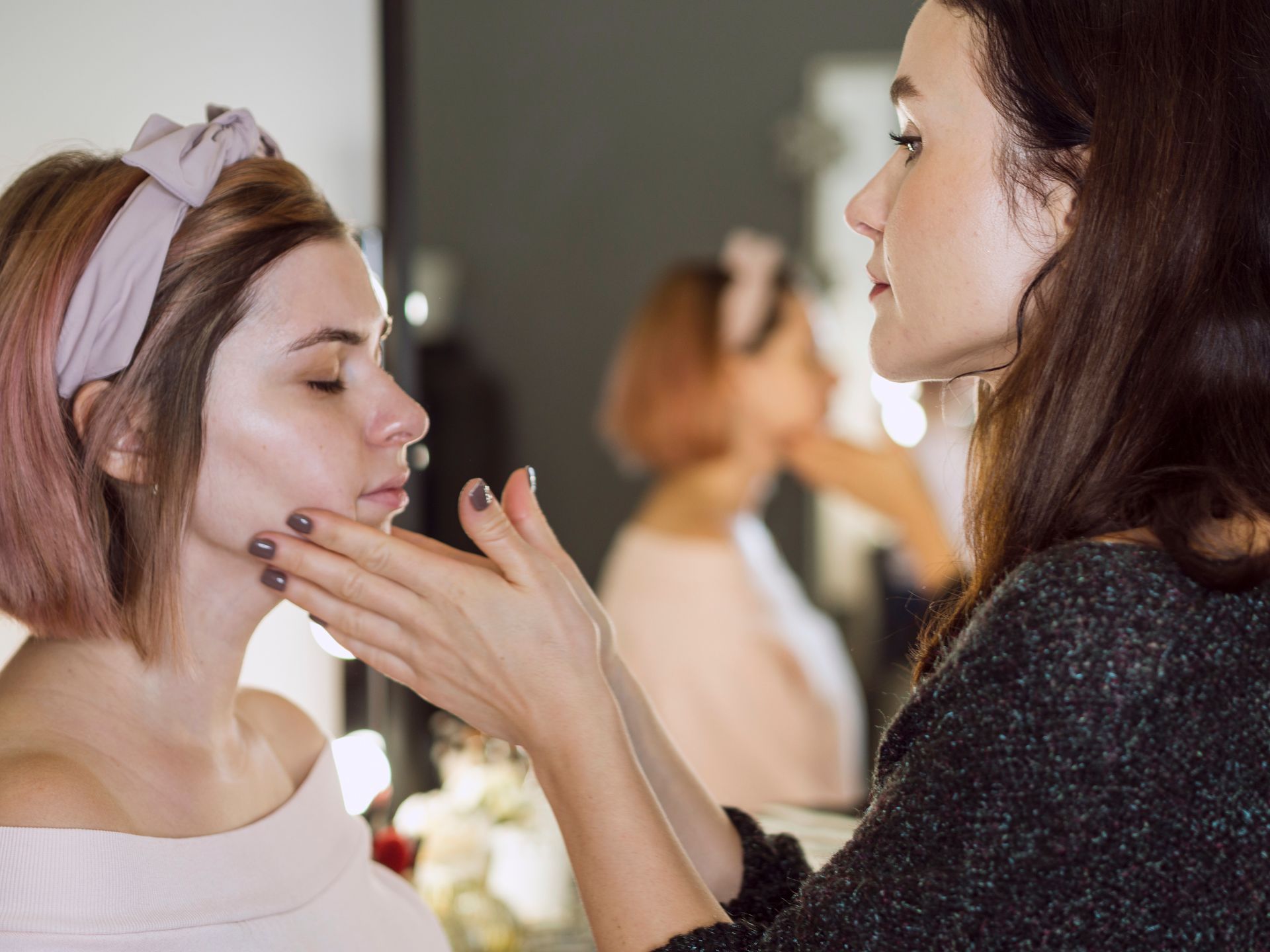Tackling Ingrown Hair Problems and Solutions with Laser Hair Removal
Introducing a common skincare concern that has troubled many individuals – the bothersome phenomenon of ingrown hair. These irritating occurrences not only disrupt the natural flow of flawless skin but can also lead to discomfort, inflammation, and even infection in severe cases. The search for an effective remedy has led to the forefront of modern cosmetic technology, where laser hair removal emerges as a promising contender.
This article embarks on a journey to uncover the intricacies of ingrown hair, shedding light on its root causes and the potential consequences it bestows upon your skin's well-being. Amidst the array of potential solutions, laser hair removal stands out as a captivating innovation that offers the allure of a lasting escape from ingrown hair woes. As we venture deeper into the realms of this concern and its resolution, prepare to unravel the transformative possibilities that laser hair removal holds – an avenue that could ultimately lead you to a realm of
smoother, unblemished skin.
Learning About Ingrown Hairs and Their Challenges
At the crossroads of skincare intricacies lies the enigma of ingrown hair – a perplexing occurrence that can disrupt the harmony of our skin's landscape. In essence, an ingrown hair transpires when a hair strand curls back or grows sideways into the skin, rather than emerging outwardly from the follicle. This can result in a range of uncomfortable scenarios, from minor irritations to more pronounced issues.
The origins of ingrown hair often trace back to our daily grooming rituals. Frequently, it's the outcome of improper shaving techniques, where a hair is cut at an angle that leads to its subsequent growth beneath the skin's surface. Similarly, the process of waxing, although effective in removing hair, can sometimes encourage regrowth that takes a detour into the skin. Even seemingly innocuous factors like wearing tight clothing can exacerbate the problem by trapping hair against the skin, nudging it to grow inwardly.
As if these causes weren't enough to contend with, the challenges presented by ingrown hair extend beyond its mere formation. The aftermath can involve an uncomfortable dance of inflammation, redness, and itching – a trio that can transform your skin into a battleground of discomfort. In more severe cases, these irritated sites become breeding grounds for potential infections, further complicating matters and intensifying the urgency for effective solutions. The consequences of ingrown hair, both physically and aesthetically, can indeed be a thorn in the side of those seeking smooth and unblemished skin.
Totally Effective Laser Hair Removal
Laser hair removal is a cutting-edge option in the realm of contemporary skincare treatments, providing an all-encompassing alternative to
traditional methods of hair removal. This revolutionary technique is built upon the principles of precision and longevity, presenting a promising alternative for those seeking to bid adieu to ingrown hair issues.
At the core of laser hair removal lies its intricate mechanism, designed to target the very source of unwanted hair – the hair follicles. Employing focused beams of concentrated light, the procedure effectively heats and damages the follicles, stunting their ability to produce new hair. This not only curtails the growth of hair but also addresses the fundamental causes of ingrown hair. By minimizing hair regrowth, the potential for hair to loop back into the skin is significantly reduced, creating a pathway towards ingrown hair prevention.
The Radiant Rewards: Beyond the Surface
The allure of laser hair removal extends beyond the realms of ingrown hair prevention. One of its defining benefits is the promise of long-term results, far surpassing the transient relief offered by traditional hair removal methods. With successive sessions, the need for constant upkeep diminishes, allowing you to revel in the freedom of smoother skin.
But the advantages don't halt there. Laser hair removal sets the stage for an experience that's gentle on your skin, steering clear of the irritation and redness that often accompany other methods. This departure from traditional practices results in not just
hair-free skin but a canvas that's notably improved in texture, radiating a newfound smoothness that beckons to be touched. As you embark on this journey towards laser hair removal, anticipate not only the absence of ingrown hair but the welcoming embrace of a healthier and more refined skin aesthetic.
Steps and Considerations for Laser Hair Removal Preparation
Embarking on the journey of laser hair removal entails a series of meticulous preparations that lay the groundwork for a successful and comfortable experience. To ensure that each session yields the desired results, follow these essential steps:
Step 1: Sunshielding and Safety
In the weeks leading up to your laser hair removal session, make a conscious effort to shield your skin from the sun's rays. Sun exposure can heighten sensitivity and potentially lead to complications during the procedure. Prioritize the use of sunscreen with a high SPF, coupled with protective clothing, hats, and shades.
Step 2: Put Down the Tweezers and Wax
Bid farewell to tweezers and waxing as you approach your laser hair removal appointment. These methods disrupt the natural hair growth cycle, affecting the effectiveness of the procedure. Allow your hair to grow naturally, ensuring that the follicles are intact for the laser's precise targeting.
Step 3: Communication is Key
Open and clear communication with your technician is imperative. Prior to your session, inform them about any medical conditions, medications, or recent cosmetic treatments you've undergone. This exchange of information ensures that the procedure is tailored to your individual needs and minimizes any potential risks.
Anticipating Concerns: Pain, Side Effects, and Beyond
One of the most common queries surrounding laser hair removal is the level of discomfort to expect. While individual pain thresholds vary, most individuals describe the sensation as mild discomfort, often likened to the snap of a rubber band against the skin. Some areas of the body may be more sensitive than others, but advancements in technology have led to devices equipped with cooling mechanisms to alleviate any potential discomfort.
As with any cosmetic procedure, laser hair removal may come with a handful of temporary side effects. It's normal to experience redness and slight swelling immediately after the session, which typically subsides within a few hours to a day. In rare cases, slight blistering or changes in skin pigmentation may occur, but these are transient and tend to fade over time.
What to Expect During the Laser Hair Removal Process
It is important to familiarize yourself with the details of the procedure as you enter the world of laser hair removal. A typical session follows a systematic approach that aims to maximize effectiveness while ensuring your comfort and safety.
Before the laser begins its magic, your technician will provide protective eyewear to shield your eyes from the laser's light. They might also apply a cooling gel to the treatment area, enhancing both comfort and efficacy.
As the session commences, the laser device will be systematically directed over the targeted area. The device emits pulses of focused light that penetrate the hair follicles, where the pigment absorbs the energy, effectively damaging the follicles' ability to grow new hair.
During the procedure, you may experience a sensation akin to a quick, mild pinch or a warm, tingling feeling. The heat produced by modern laser devices is frequently countered by cooling mechanisms, which reduce discomfort.
Once the session concludes, any cooling gel will be wiped off, and you'll be given instructions on post-session care. It's normal to experience temporary redness and slight swelling in the treated area, akin to a mild sunburn. These effects typically dissipate within a few hours to a day.
The Art of Persistence: Understanding Multiple Sessions
Optimal results in laser hair removal require embracing the art of patience and persistence. Hair grows in cycles, with some follicles actively producing hair while others remain dormant.
Multiple sessions are essential to target hairs during their active growth phase, ensuring that all follicles receive treatment for the best outcome.
Each session takes you a step closer to your desired results, and the intervals between sessions will be determined by your technician based on the specific area being treated and your individual hair growth cycle. While immediate changes might be noticeable, the true transformation becomes increasingly apparent with each subsequent session.
Who Can Benefit from Laser Hair Removal?
Laser hair removal, with its promise of smoother skin and freedom from the clutches of ingrown hair, beckons to a diverse audience seeking a lasting solution to unwanted hair. While the allure is undeniable, understanding whether you're an ideal candidate for this transformative procedure is key.
People whose hair color is different from their skin tone respond best to laser hair removal. Dark hair against light skin provides the best scenario for laser targeting, as the pigment in the hair absorbs the laser energy more efficiently.
Patience and commitment are vital. Since hair grows in cycles, multiple sessions are necessary to catch each hair follicle in its active growth phase. Candidates willing to undergo a series of treatments are likely to yield the best results.
Candidates should be mentally prepared for temporary changes in the treated area, such as slight redness or swelling immediately after sessions. These effects are short-lived and part of the natural healing process.
Factors to Consider: Limitations and Suitability
While laser hair removal has evolved to accommodate a wider range of skin tones and hair colors, individuals with very light blonde, red, or gray hair may find the procedure less effective, as the laser's targeting relies on hair pigment.
Certain medical conditions or medications may affect your candidacy for laser hair removal. Consultation with a medical professional before undergoing the procedure is crucial, especially if you have a history of skin disorders, are
pregnant, or are taking medications that could impact the treatment's success.
Laser hair removal is less effective and potentially risky on tanned or sunburned skin. It's advised to avoid sun exposure or tanning beds prior to sessions to reduce the risk of complications.
Hormonal fluctuations, such as those caused by conditions like polycystic ovary syndrome (PCOS), can impact hair growth patterns. While laser hair removal can be beneficial, individuals with hormonal imbalances might require additional sessions to maintain results.
As you contemplate the journey of laser hair removal, taking these factors into account enables you to make an informed decision about whether this innovative procedure aligns with your needs and expectations. Consulting a qualified technician and discussing your individual circumstances ensures that you embark on the path to ingrown hair-free skin with clarity and confidence.
Conclusion
A path to smoother, healthier skin is illuminated by journeying through ingrown hair issues and solutions. Unraveling the intricacies of ingrown hair's causes, from improper shaving to snug clothing, highlights the hurdles in the quest for flawless skin. Amid potential solutions, laser hair removal emerges as a promising approach, precisely targeting follicles and reducing risks. This transformative method promises long-term results, reduced irritation, and enhanced texture. As we conclude, readers are invited to embrace laser hair removal for achieving desired skin, with meticulous preparation, care, and commitment leading to a radiant, ingrown hair-free future. For those looking for dramatic changes, laser hair removal offers restored confidence and flawless, radiant skin.
BOOK YOUR FREE SESSION
